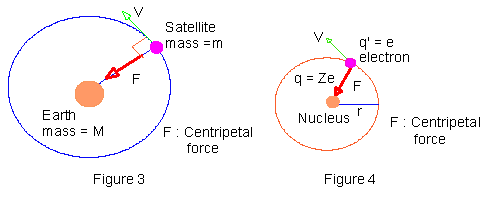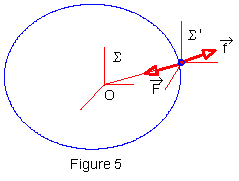
Inertial and Non-inertial Frames of References
A frame of reference in which the law of inertia holds good is called as the inertial frame of reference. It is found that is the frames of references in relative translational motion with uniform velocity, are inertial frames if atleast one of them can be considered as an inertial frame.
When we travel in a vehicle moving with uniform velocity we do not experience any jerks, because the vehicle's frame of reference is an inertial frame. Of course the `ground' as a frame of reference is assumed to be in the inertial frame. In such frames, the analysis of motion can be done by using Newton's laws of motion.
A frame of reference in which the law of inertia does not hold true is called a non-inertial frame of reference. Any accelerated frame is considered to be a non-inertial frame. In such frames Newton's laws of motion cannot be used to analyze motion unless imaginary or pseudo forces are assumed to act on every object. 
If the vehicle in which we are traveling speeds up or slows down though it continues to move on a straight path, we experience jerks (pseudo force effect) backwards or forwards. Likewise, when the vehicle swerves, we experience a push (pseudo force effect) in the radially outward direction called Centrifugal force. It should be noted that the experience of jerks is not psuedo. Its interpretation in terms of Newton's laws is called a pseudo-force effect, because these forces cannot be traced to any real physical interaction between the object and its surroundings.
Centrifugal force

|
3.1 Dynamics of a particle Follow @Pinkmonkey_com  |
